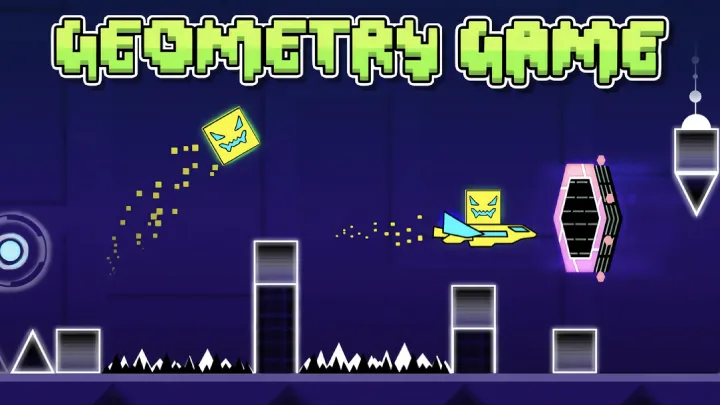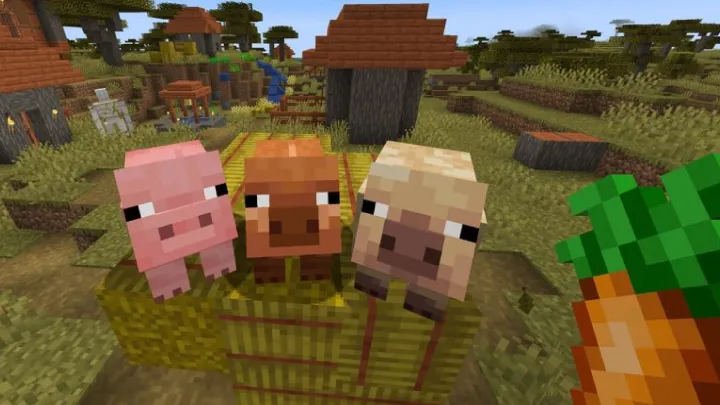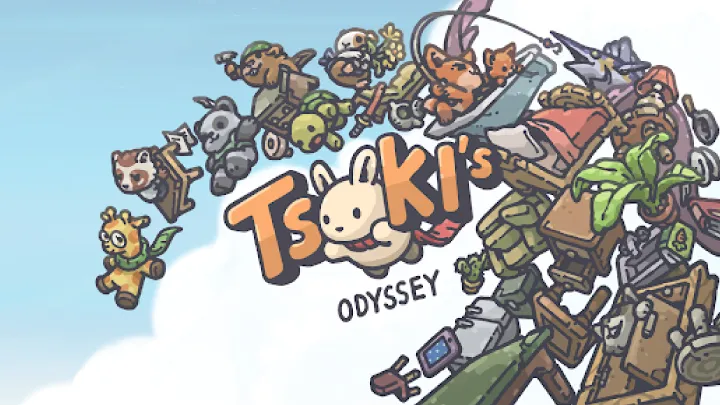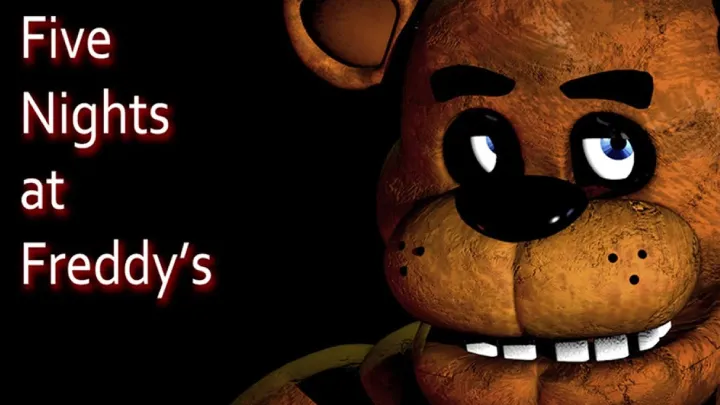House of Lost Souls is a first-person psychological horror game developed and published by Arkuda Inc. It's not a game of jump scares and monster-chasing; instead, it is a slow-burning, atmospheric journey into a fractured mind. Players take on the role of Jack, a man who returns to his childhood home years after a family tragedy. The game’s premise is simple, but its execution is a complex and unsettling exploration of memory, trauma, and the blurred line between reality and hallucination. This article will serve as a comprehensive guide to navigating the game's chilling atmosphere, deciphering its cryptic narrative, and uncovering the secrets that haunt the house.
The game's strength lies in its storytelling and its ability to build tension through sound design, visual cues, and environmental storytelling. Every creak of the floorboard and every flickering lightbulb is meticulously crafted to create a sense of unease. House of Lost Souls is a game that rewards patience and a keen eye for detail, as the story is not told through cutscenes but through the fragmented memories and a vast collection of documents and clues scattered throughout the house.
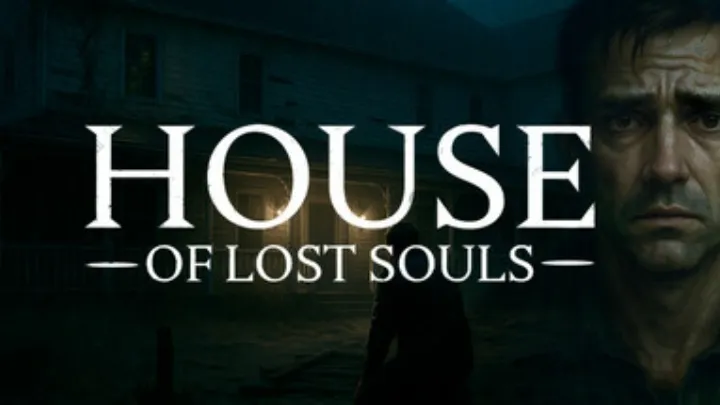 How to Understand the Narrative and Its Key Elements
How to Understand the Narrative and Its Key Elements
The central mystery of House of Lost Souls revolves around the murder of Jack's parents, which he witnessed as a child. The house itself is a physical manifestation of his trauma, with rooms and hallways shifting and contorting as he explores. To understand the story, players must piece together the narrative from various sources.
- Diary Entries: The most common form of storytelling is through the diary entries of Jack's family members. These entries provide insight into the lives and relationships of the people who once lived there, revealing dark secrets and a history of familial conflict.
- Photographs and Items: The game is filled with old photographs, toys, and other personal items. Each of these objects tells a small part of the story and can trigger a flashback or a distorted memory, giving players a glimpse into the events that led to the tragedy.
- The Environment Itself: The house is constantly changing and reacting to Jack's presence. Doors slam shut, objects move, and the layout of the house can shift without warning. These environmental changes are not just scares; they are reflections of Jack's deteriorating mental state and the repressed memories that are resurfacing.
How to Navigate the Non-linear Exploration and Progression
Unlike many linear horror games, House of Lost Souls encourages non-linear exploration. The house is a complex labyrinth of rooms, and the game does not hold your hand. The key to progressing is to pay close attention to clues and remember what you have discovered.
- Logical Progression: While the game is non-linear, there is a logical progression to the story. Finding a certain key or diary entry may unlock a new area or a new memory. If you find yourself stuck, retrace your steps and look for something you may have missed.
- Puzzles and Keys: The game features a number of simple puzzles, such as finding a key to a locked door or deciphering a combination. These puzzles are not overly difficult, but they require you to think critically about the information you have gathered from the documents and items you've collected.
- The "Whispering": The house itself often "whispers" to Jack, providing subtle clues about what to do next. If you hear a distant sound or a strange noise, follow it. It may lead you to a new piece of the puzzle.
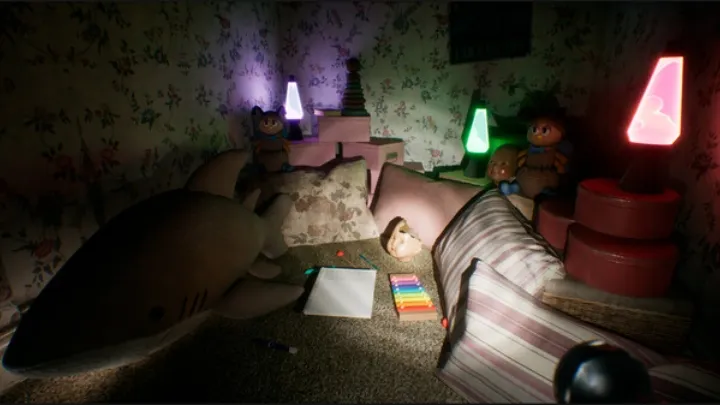 How to Manage Your Fear and Immerse Yourself
How to Manage Your Fear and Immerse Yourself
The horror in House of Lost Souls is not about cheap scares; it's about psychological tension and an immersive atmosphere. To truly experience the game, you must embrace the fear and let yourself be drawn into the story.
- Sound is Everything: The sound design is a masterclass in building tension. Play with headphones to fully appreciate the subtle sounds of the house, from the distant sound of a rocking chair to the creaking of the floorboards above you.
- Take Your Time: The game is a slow burn. Don't rush through it. Walk slowly, look at everything, and read every document you find. The story is in the details, and rushing will cause you to miss crucial information.
- The Protagonist's Turmoil: The game is a personal journey for Jack. The scares and the weird events are all a reflection of his inner turmoil. By putting yourself in his shoes and allowing yourself to feel his fear, the game becomes a much more intense and personal experience.
How to Troubleshoot and Optimize Your Experience
As with any indie game, you may encounter some technical issues. Knowing how to troubleshoot them can make your experience much smoother.
- Check System Requirements: Before you start, make sure your PC meets the minimum and recommended system requirements. A low-end PC may struggle to run the game smoothly, which can break the immersion.
- Verify Game Files: If you encounter a bug or a crash, try verifying the integrity of your game files through Steam. This will check for any corrupted files and redownload them if necessary.
- Adjusting Settings: The game offers a number of graphical and audio settings. If the game is running slowly, try lowering the graphical settings. If the sound is too quiet or too loud, you can adjust it in the settings menu.
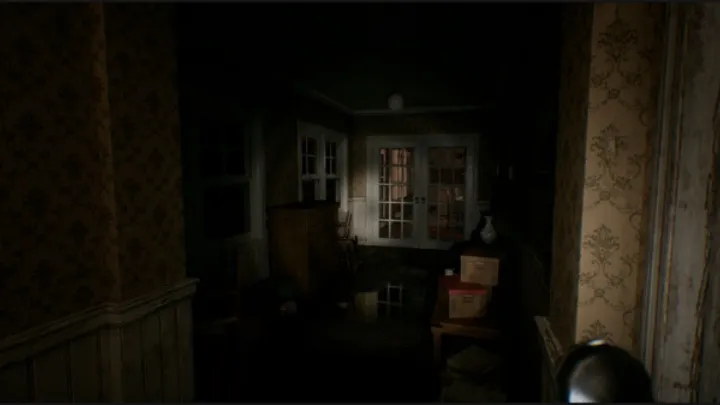 Conclusion
Conclusion
House of Lost Souls is a haunting and emotionally resonant horror game that uses its atmospheric design and deep narrative to deliver a truly unsettling experience. It is a game for players who appreciate a slow-burning mystery and a story that unfolds through meticulous exploration and discovery. By embracing its unique style and taking the time to uncover every secret, you will be rewarded with a journey into the dark corners of the human psyche and a story that will stay with you long after you've left the house.









